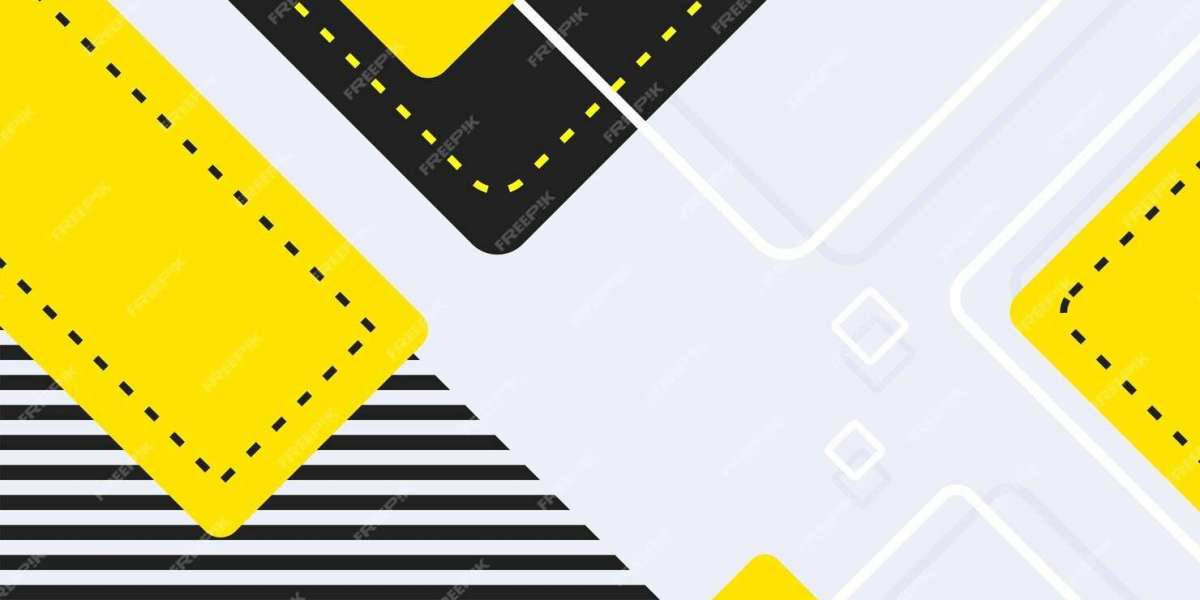Consider questions that allow students to demonstrate higher order thinking skills with the application of principles learned for unique situations. While mixing objective and subjective questions does not stop information sharing, it can limit the impact on the student’s final grade. The Blackboard AI detector can spot if text sounds like it’s written by a computer. If your writing is too straight-forward or follows a set pattern, it might get flagged. Mix up your sentences, use different words, and change the feel of your writing. Netus.ai is a tool that helps you avoid AI detectors like the one Blackboard AI uses.
The Academic Policy Committee (APC) will work on addressing this challenge. SafeAssist is an excellent teaching tool that can show students how to properly cite their work and improve their writing as a whole. Students will then submit assignments through the LMS as normal and SafeAssign will check them for plagiarism. The Originality Report does safeassign detect chatgpt not state whether a phrase that matches a source is properly referenced.
 SafeAssign is a plagiarism detection tool commonly used in educational institutions to identify academic dishonesty. Blackboard cannot detect or identify ChatGPT because it is not designed to recognize the usage of AI, language models, or AI chatbots. This allows instructors to manage course content, exams, and communications online using Blackboard, which is primarily a learning management system. SafeAssign, like other platforms, relies on language processing algorithms to compare student submissions against stored databases.
SafeAssign is a plagiarism detection tool commonly used in educational institutions to identify academic dishonesty. Blackboard cannot detect or identify ChatGPT because it is not designed to recognize the usage of AI, language models, or AI chatbots. This allows instructors to manage course content, exams, and communications online using Blackboard, which is primarily a learning management system. SafeAssign, like other platforms, relies on language processing algorithms to compare student submissions against stored databases.ChatGPT (model 4)'s extensive general knowledge and problem-solving aptitude empower it to handle demanding tasks with increased accuracy. Notably, ChatGPT (model 4) is available through the Plus plan subscription, which costs $20 per month. Nonetheless, it is essential to recognize that ChatGPT (model 4)'s knowledge is limited to the cutoff date in September 2021 (OpenAI 2023).
Enter SafeAssign, a widely-used tool designed to help educators detect plagiarism by comparing student submissions against a vast database of academic papers and internet sources. SafeAssign and similar plagiarism detection tools face significant challenges in detecting AI-generated content like that produced by ChatGPT. The evolution of AI writing tools necessitates a reevaluation of methods used to ensure academic integrity. For educators and students alike, it’s crucial to understand the capabilities and limitations of these tools and to employ them wisely in the pursuit of academic honesty. In the rapidly evolving world of academic writing and artificial intelligence, the intersection of plagiarism detection tools like SafeAssign and AI language models such as ChatGPT presents both challenges and opportunities.
SafeAssign’s text-matching algorithms may struggle to identify instances where AI-generated content has been creatively modified or expanded upon. By using SafeAssign, educators can safeassign detect quillbot discourage plagiarism and promote academic integrity among students. The tool acts as a deterrent, encouraging students to submit original work and properly cite their sources. When it comes to using AI tools responsibly, understanding how SafeAssign and other plagiarism detection services work is important, here are some practical tips to help you navigate these technologies effectively. SafeAssign’s algorithm works by comparing the work you’ve submitted to its database of academic journals and online sources. It first extracts text and removes all formatting including headers, footers, and citations to get only the main part of the paper.
It is important to know that there are many other AI tools available now including Perplexity AI, Google Gemini, and Anthropic’s Claude. Users’ input and ChatGPT’s training data determine the type of content that ChatGPT generates. So, if someone tries to catch it copying others’ work using software like SafeAssign, they might not find anything because, technically, everything ChatGPT writes hasn’t been written before by anyone else.






